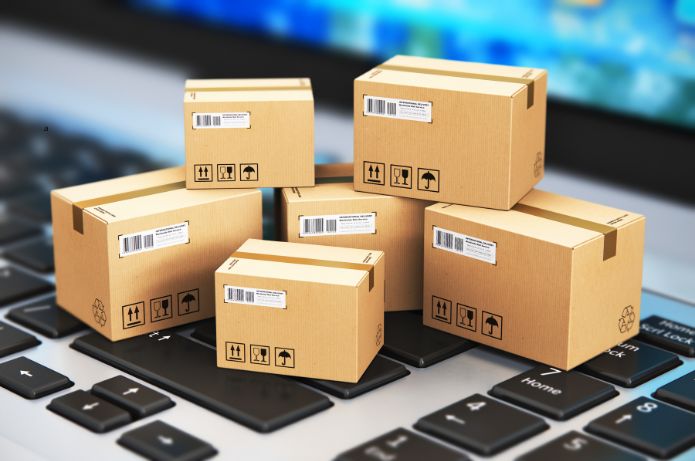With the growing concern for sustainability, reverse logistics has become an essential tool for companies seeking to reduce their environmental impact and promote the reuse of materials.
Carlos Tanaka, logistics specialist and founder of thePostalGow, company that operates in the telecommunications logistics sector for 25 years, this model has been gaining strength in Brazil, especially in retail, where the high volume of returns and waste requires efficient strategies. Reverse logistics is not just a matter of compliance. It is a strategic opportunity to generate economic and environmental value at the same time, points
The concept consists of the process of collection, reuse or proper disposal of products and post-consumption waste. According to the Brazilian Logistics Association (Abralog), the segment experienced an 18% expansion in the last two years, driven by stricter environmental legislation, how the National Solid Waste Policy (NSWP), and by consumer pressure for sustainable practices
Companies adapt to the circular economy model
The implementation of reverse logistics has been one of the main ways for companies to adapt to the concept of circular economy, where discarded materials are reused to prevent waste. A report from PwC indicates that 73% of large Brazilian companies already have structured reverse logistics programs, mainly in the electronics sectors, fashion and food
In the fashion sector, the reuse of fabrics and the correct disposal of textile waste have been priorities. Large retailers like C&A and Renner have implemented used clothing collection programs in physical stores, incentivizing the recycling of materials. According to FGV, initiatives like these can reduce operational costs associated with the acquisition of new supplies by up to 20%
The pressure for sustainable practices does not come only from regulatory standards. According to a survey by the Ipsos Institute, 72% of Brazilian consumers consider sustainability a decisive factor when choosing products and brands. The study also points out that visible practices of reverse logistics can increase customer loyalty, especially in the new generations
"When the customer realizes that the company is committed to product reuse and waste reduction", this creates a positive impact on the brand image and creates a competitive differential, highlights Tanaka.
In the electronics sector, the recycling of components is a strategy that reduces environmental impact and, at the same time, mitigates financial risks associated with environmental sanctions
Technology is an ally in efficient reverse logistics
The technological advancement has also been essential for optimizing reverse logistics processes. Artificial intelligence tools and IoT (Internet of Things) sensors have helped companies track equipment in real time and predict the demand for returns, increasing the efficiency of operations. According to data from McKinsey, the application of technology in logistics processes can reduce total operating costs by up to 25%
A PostalGow, for example, uses dynamic routing algorithms to optimize equipment collection. "The combination of technology and sustainability is the natural path for companies that wish to grow responsibly", highlights Tanaka. The company also adopted practices aligned with ESG (environmental, social and governance, ensuring that all stages of the process meet the required environmental standards
Although the progress is evident, the implementation of a structured reverse logistics still faces challenges, how the lack of adequate infrastructure in some regions and the need for high initial investments. The financial return of reverse logistics is clear, but many companies still hesitate to adopt these practices due to the initial costs, explain Tanaka
However, the prospects are positive. A study by the International Finance Corporation (IFC) indicates that, by 2030, the global circular economy market could generate US$ 4,5 trillion, driven by the adoption of sustainability practices. In Brazil, the reverse logistics sector is expected to grow by an average of 15% per year, following the expansion of government and private programs aimed at the green economy
For Tanaka, the key is in the combination of technology, innovation and environmental responsibility. "Companies that manage to integrate these three pillars will be ahead in building a sustainable and profitable business model", concluded the expert


